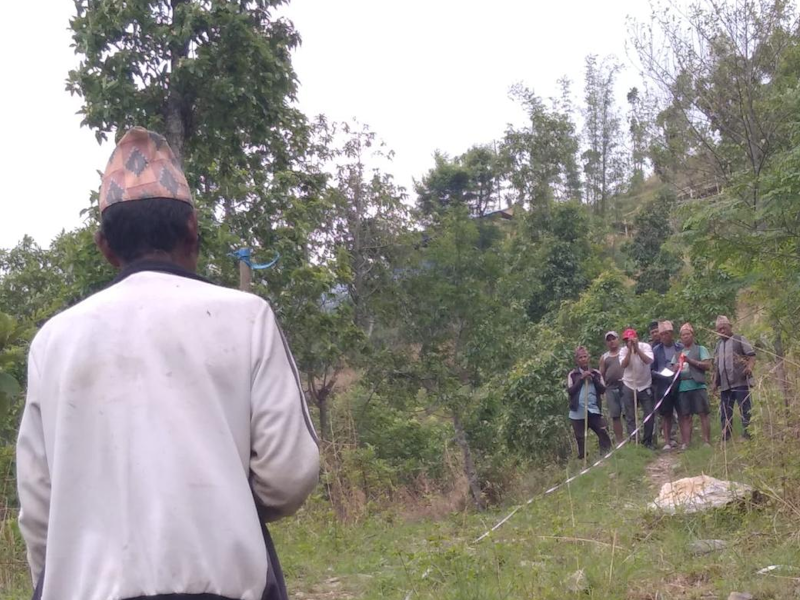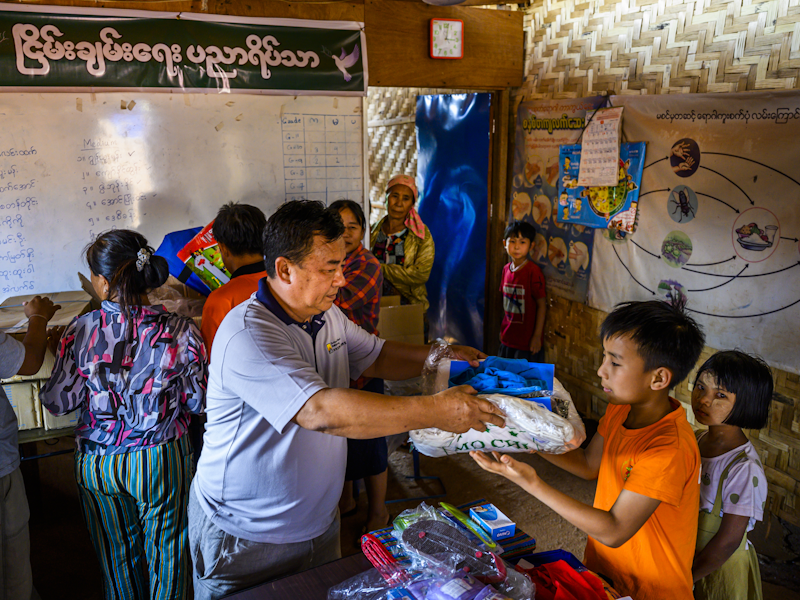
On 28 March 2025, a catastrophic 7.7-magnitude earthquake struck central Myanmar, claiming at least 3,800 lives, injuring over 5,100, and leaving 116 missing. The disaster impacted 17 million people across 58 townships, with 9 million enduring the quake’s most violent tremors. Homes, schools, and vital infrastructure were reduced to rubble, and vast agricultural lands were damaged deepening food insecurity and economic hardship. Families are struggling to survive in makeshift shelters, facing acute shortages of clean water, food, and medical care.
Oxfam’s rapid assessment with local partners revealed dire gaps in the emergency response. With the monsoon season looming, access to safe drinking water and sanitation is critical to prevent outbreaks of cholera, malaria, and dengue. Families lack proper shelters and basic household essentials, while rising food insecurity threatens their survival. Mental health and protection services particularly for women and children are vital to provide stability during the crisis.
With the support from ZeShan Foundation, Oxfam and its partners are delivering life-saving aid to approximately 8,385 earthquake survivors in Southern Shan State. Our work is transforming despair into hope through:
After the earthquake struck, 20 villages around Inle Lake began rebuilding with unyielding community spirit. Through assessments and consultations, local families shaped bamboo shelter designs that meet their needs. Skilled carpenters and bamboo experts collaborated to craft durable shelters validated by engineering institutes for lasting safety. With materials delivered swiftly and prototypes refining the process, construction now surges forward, supported by Oxfam’s engineering expertise, a powerful display of resilience, offering protection and hope to communities in crisis.
Oxfam Hong Kong
On 28 March 2025, a catastrophic 7.7-magnitude earthquake struck central Myanmar, claiming at least 3,800 lives, injuring over 5,100, and leaving 116 missing. The disaster impacted 17 million people across 58 townships, with 9 million enduring the quake’s most violent tremors. Homes, schools, and vital infrastructure were reduced to rubble, and vast agricultural lands were damaged deepening food insecurity and economic hardship. Families are struggling to survive in makeshift shelters, facing acute shortages of clean water, food, and medical care.
Oxfam’s rapid assessment with local partners revealed dire gaps in the emergency response. With the monsoon season looming, access to safe drinking water and sanitation is critical to prevent outbreaks of cholera, malaria, and dengue. Families lack proper shelters and basic household essentials, while rising food insecurity threatens their survival. Mental health and protection services particularly for women and children are vital to provide stability during the crisis.
With the support from ZeShan Foundation, Oxfam and its partners are delivering life-saving aid to approximately 8,385 earthquake survivors in Southern Shan State. Our work is transforming despair into hope through:
After the earthquake struck, 20 villages around Inle Lake began rebuilding with unyielding community spirit. Through assessments and consultations, local families shaped bamboo shelter designs that meet their needs. Skilled carpenters and bamboo experts collaborated to craft durable shelters validated by engineering institutes for lasting safety. With materials delivered swiftly and prototypes refining the process, construction now surges forward, supported by Oxfam’s engineering expertise, a powerful display of resilience, offering protection and hope to communities in crisis.
Oxfam Hong Kong
Rising from Earthquake Ruins
Related Link







































